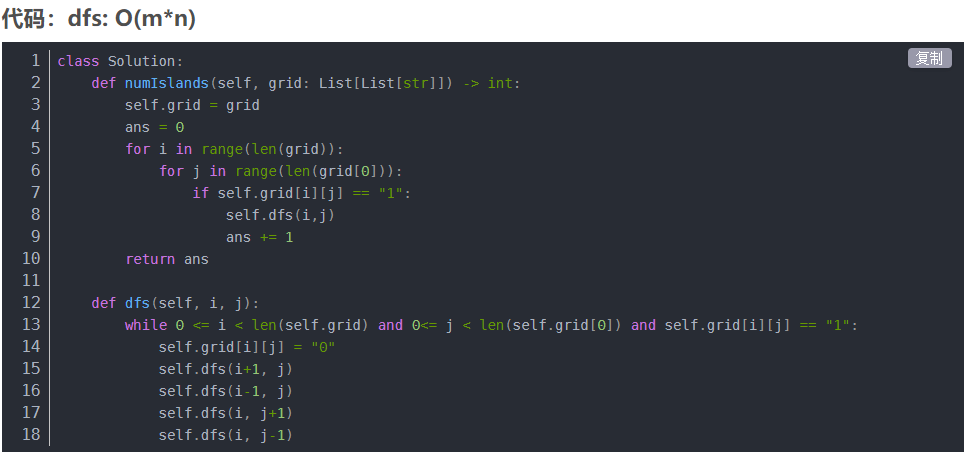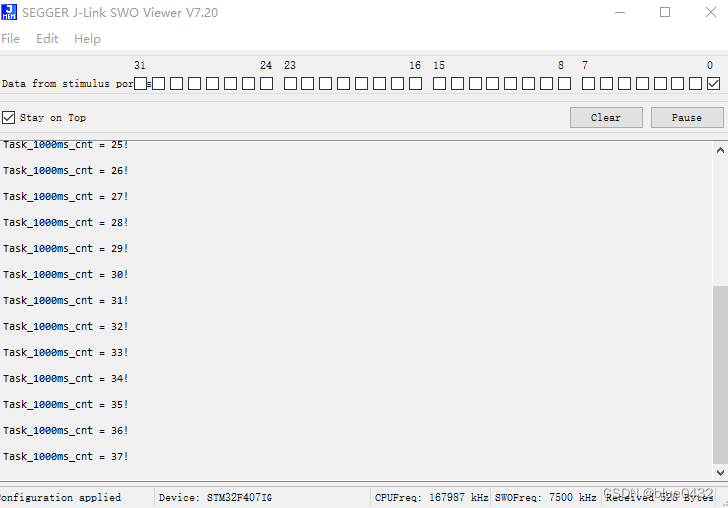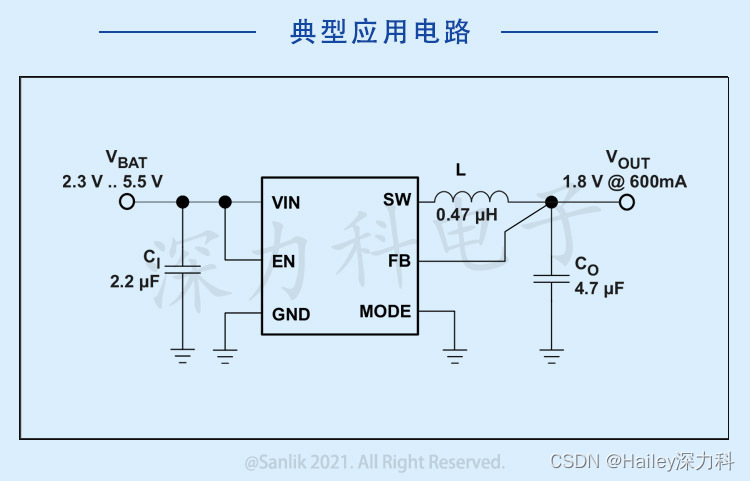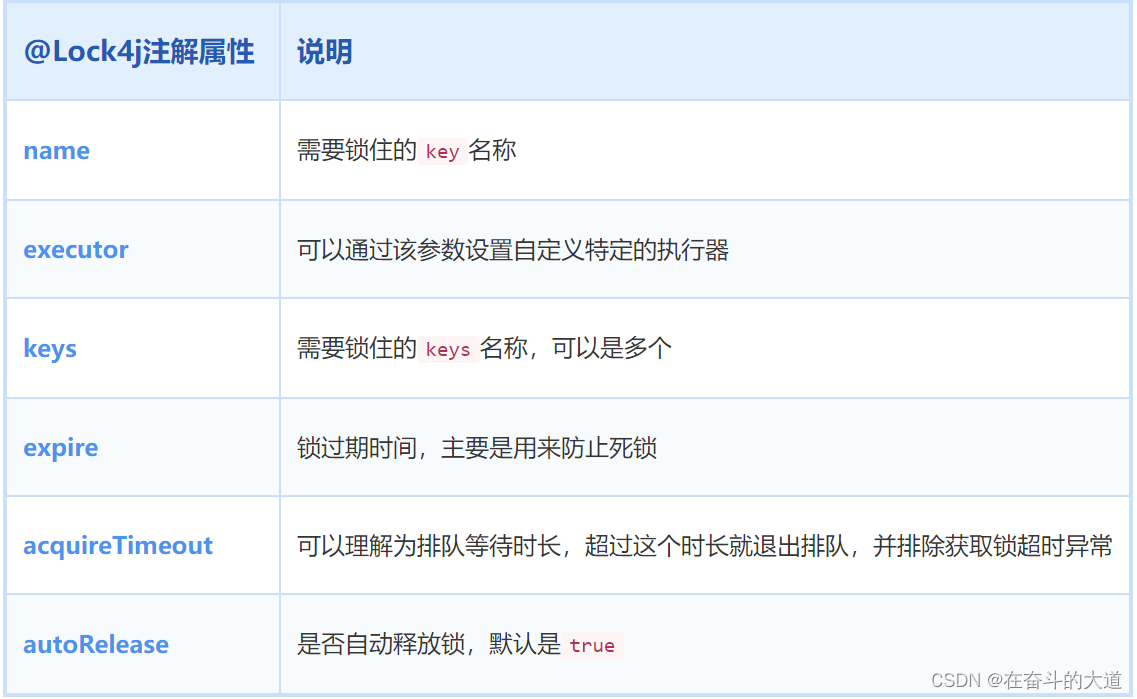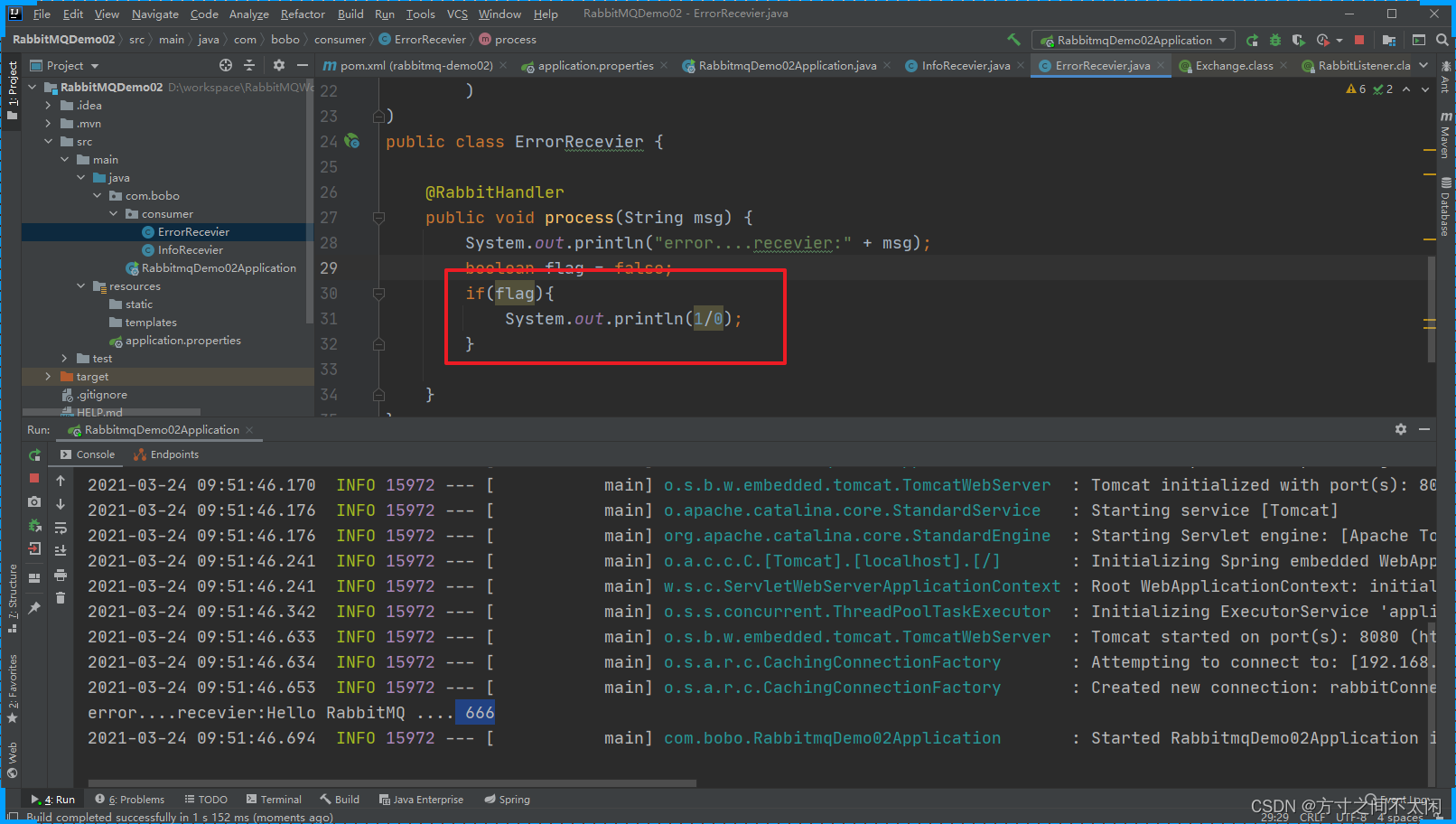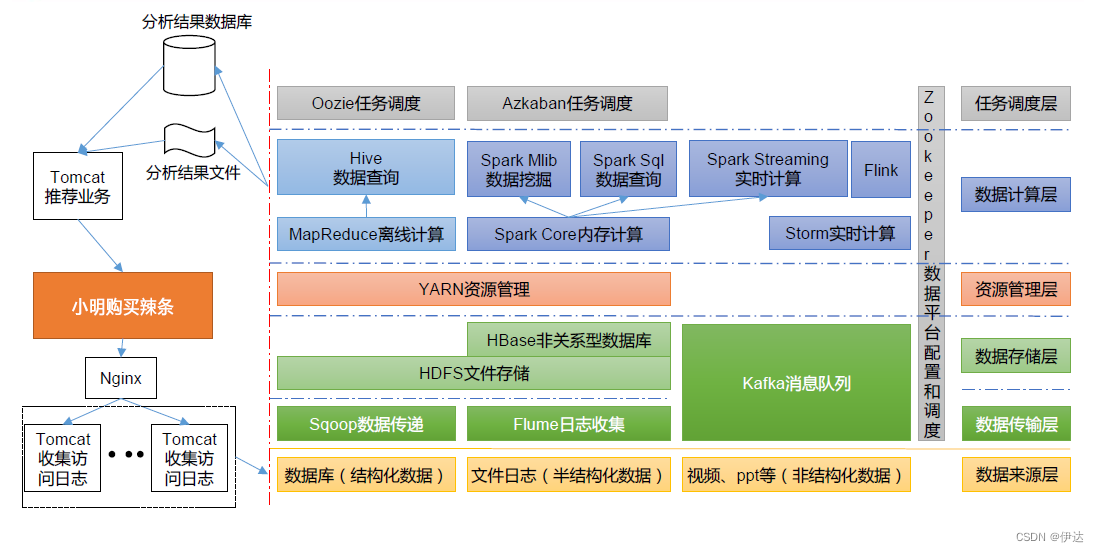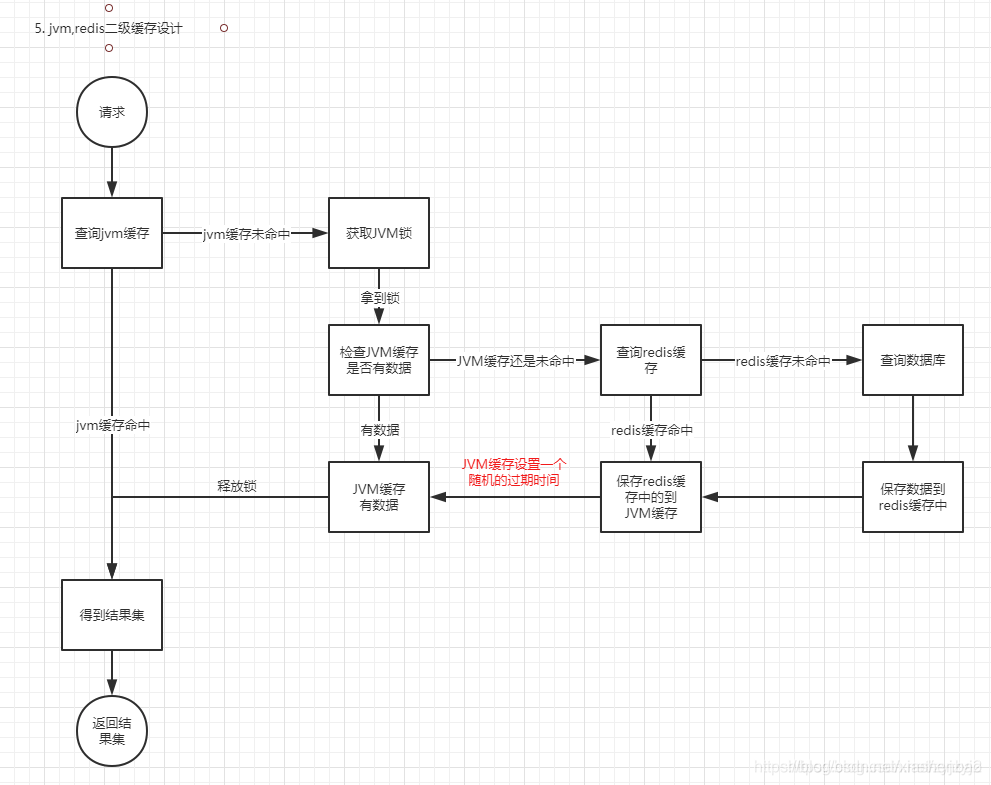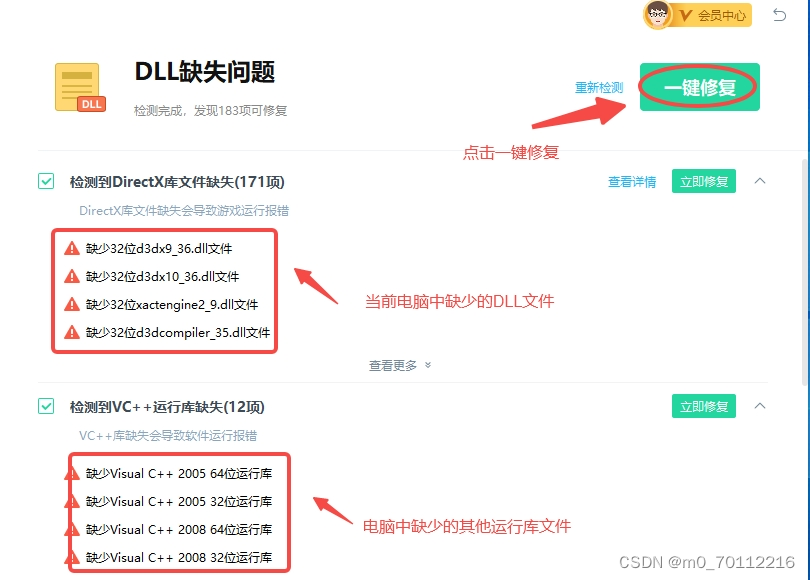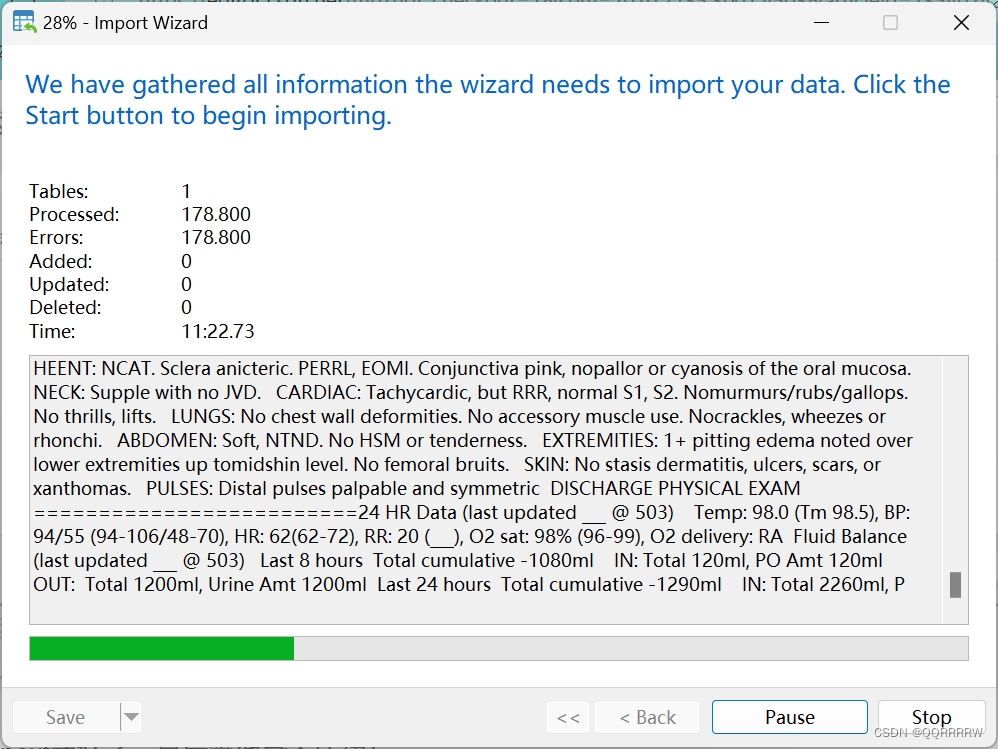
在之前的文章中(开发利器——C 语言必备实用第三方库),笔者介绍了一款Linux/UNIX下C语言库Melon的基本功能,并给出了一个简单的多进程开箱即用的例子。
本文将给大家介绍Melon中多线程的使用方法。
在Melon中有三种多线程模式:
- 多线程框架
- 线程池
- I/O线程
我们将逐一给出实例。
Melon的Github仓库:https://github.com/Water-Melon/Melon。
多线程框架
注意:Windows下目前不支持本功能。
多线程框架与前面介绍的线程池不同,是一种模块化线程。模块化线程是指,每一个线程都是一个独立的代码模块,都有各自对应的入口函数(类似于每一个 C 语言程序有一个 main 函数一样)。
自2.3.0版本起,多线程模块不再是以在Melon目录下的threads目录中编写代码文件的方式进行集成,而是采用注册函数,由使用者在程序中进行注册加载。这样可以解除线程模块代码与Melon库在目录结构上的耦合。
开发流程
-
首先,编写一个源文件:
#include <stdio.h> #include <assert.h> #include <string.h> #include <errno.h> #include "mln_framework.h" #include "mln_log.h" #include "mln_thread.h" static int haha(int argc, char **argv) { int fd = atoi(argv[argc-1]); mln_thread_msg_t msg; int nfds; fd_set rdset; for (;;) { FD_ZERO(&rdset); FD_SET(fd, &rdset); nfds = select(fd+1, &rdset, NULL, NULL, NULL); if (nfds < 0) { if (errno == EINTR) continue; mln_log(error, "select error. %s\n", strerror(errno)); return -1; } memset(&msg, 0, sizeof(msg)); #if defined(WIN32) int n = recv(fd, (char *)&msg, sizeof(msg), 0); #else int n = recv(fd, &msg, sizeof(msg), 0); #endif if (n != sizeof(msg)) { mln_log(debug, "recv error. n=%d. %s\n", n, strerror(errno)); return -1; } mln_log(debug, "!!!src:%S auto:%l char:%c\n", msg.src, msg.sauto, msg.c); mln_thread_clear_msg(&msg); } return 0; } static void hello_cleanup(void *data) { mln_log(debug, "@@@@@@@@@@@@@@@@@@@@@@@@@@@@@@@@@@@@@@@@@@\n"); } static int hello(int argc, char **argv) { mln_thread_cleanup_set(hello_cleanup, NULL); int i; for (i = 0; i < 1; ++i) { int fd = atoi(argv[argc-1]); mln_thread_msg_t msg; memset(&msg, 0, sizeof(msg)); msg.dest = mln_string_new("haha"); assert(msg.dest); msg.sauto = 9736; msg.c = 'N'; msg.type = ITC_REQUEST; msg.need_clear = 1; #if defined(WIN32) int n = send(fd, (char *)&msg, sizeof(msg), 0); #else int n = send(fd, &msg, sizeof(msg), 0); #endif if (n != sizeof(msg)) { mln_log(debug, "send error. n=%d. %s\n", n, strerror(errno)); mln_string_free(msg.dest); return -1; } } usleep(100000); return 0; } int main(int argc, char *argv[]) { mln_thread_module_t modules[] = { {"haha", haha}, {"hello", hello}, }; struct mln_framework_attr cattr; cattr.argc = argc; cattr.argv = argv; cattr.global_init = NULL; cattr.main_thread = NULL; cattr.worker_process = NULL; cattr.master_process = NULL; mln_thread_module_set(modules, 2); if (mln_framework_init(&cattr) < 0) { fprintf(stderr, "Melon init failed.\n"); return -1; } return 0; }这段代码中有几个注意事项:
- 在main中,我们使用
mln_thread_module_set函数将每个线程模块的入口与线程模块名映射关系加载到Melon库中。 - 在
mln_framework_init会根据下面步骤中对配置文件的设置来自动初始化子线程,并进入线程开始运行。 - 可以看到,两个线程模块之间是可以通信的,通信的方式是使用最后一个参数(
argv的最后一个),来向主线程发送消息,消息中包含了目的线程的名字。这里注意,argv是在后面步骤中在配置文件中给出的,但是最后一个参数是程序自动在配置项后增加的一个参数,为主子线程间的通信套接字文件描述符。 - 在 hello 这个模块中,调用了
mln_thread_cleanup_set函数,这个函数的作用是:在从当前线程模块的入口函数返回至上层函数后,将会被调用,用于清理自定义资源。每一个线程模块的清理函数只能被设置一个,多次设置会被覆盖,清理函数是线程独立的,因此不会出现覆盖其他线程处理函数的情况(当然,你也可以故意这样来构造,比如传一个处理函数指针给别的模块,然后那个模块再进行设置)。
- 在main中,我们使用
-
对该文件进行编译:
$ cc -o test test.c -I /path/to/melon/include -L /path/to/melon/lib -lmelon -lpthread -
修改配置文件
log_level "none"; //user "root"; daemon off; core_file_size "unlimited"; //max_nofile 1024; worker_proc 1; framework "multithread"; log_path "/home/niklaus/melon/logs/melon.log"; /* * Configurations in the 'proc_exec' are the * processes which are customized by user. * * Here is an example to show you how to * spawn a program. * keepalive "/tmp/a.out" ["arg1" "arg2" ...] * The command in this example is 'keepalive' that * indicate master process to supervise this * process. If process is killed, master process * would restart this program. * If you don't want master to restart it, you can * default "/tmp/a.out" ["arg1" "arg2" ...] * * But you should know that there is another * arugment after the last argument you write here. * That is the file descriptor which is used to * communicate with master process. */ proc_exec { // keepalive "/tmp/a"; } thread_exec { restart "hello" "hello" "world"; default "haha"; }这里主要关注
framework以及thread_exec的配置项。thread_exec配置块专门用于模块化线程之用,其内部每一个配置项均为线程模块。以 hello 为例:
restart "hello" "hello" "world";restart或者default是指令,restart表示线程退出主函数后,再次启动线程。而default则表示一旦退出便不再启动。其后的hello字符串就是模块的名称,其余则为模块参数,即入口函数的argc和argv的部分。而与主线程通信的套接字则不必写在此处,而是线程启动后进入入口函数前自动添加的。 -
运行程序
$ ./test Start up worker process No.1 Start thread 'hello' Start thread 'haha' 04/14/2022 14:50:16 UTC DEBUG: a.c:haha:34: PID:552165 !!!src:hello auto:9736 char:N 04/14/2022 14:50:16 UTC DEBUG: a.c:hello_cleanup:42: PID:552165 @@@@@@@@@@@@@@@@@@@@@@@@@@@@@@@@@@@@@@@@@@ 04/14/2022 14:50:16 UTC REPORT: PID:552165 Thread 'hello' return 0. 04/14/2022 14:50:16 UTC REPORT: PID:552165 Child thread 'hello' exit. 04/14/2022 14:50:16 UTC REPORT: PID:552165 child thread pthread_join's exit code: 0 04/14/2022 14:50:16 UTC DEBUG: a.c:haha:34: PID:552165 !!!src:hello auto:9736 char:N 04/14/2022 14:50:16 UTC DEBUG: a.c:hello_cleanup:42: PID:552165 @@@@@@@@@@@@@@@@@@@@@@@@@@@@@@@@@@@@@@@@@@ 04/14/2022 14:50:16 UTC REPORT: PID:552165 Thread 'hello' return 0. 04/14/2022 14:50:16 UTC REPORT: PID:552165 Child thread 'hello' exit. 04/14/2022 14:50:16 UTC REPORT: PID:552165 child thread pthread_join's exit code: 0 04/14/2022 14:50:16 UTC DEBUG: a.c:haha:34: PID:552165 !!!src:hello auto:9736 char:N 04/14/2022 14:50:17 UTC DEBUG: a.c:hello_cleanup:42: PID:552165 @@@@@@@@@@@@@@@@@@@@@@@@@@@@@@@@@@@@@@@@@@ 04/14/2022 14:50:17 UTC REPORT: PID:552165 Thread 'hello' return 0. 04/14/2022 14:50:17 UTC REPORT: PID:552165 Child thread 'hello' exit. 04/14/2022 14:50:17 UTC REPORT: PID:552165 child thread pthread_join's exit code: 0 ...可以看到,事实上 Melon 中会启动工作进程来拉起其子线程,而工作进程数量由
worker_proc配置项控制,如果多于一个,则每个工作进程都会拉起一组haha和hello线程。此外,我们也看到,hello线程退出后,清理函数被调用。
高级使用
除了使用mln_thread_module_set注册线程模块外,还可以使用API动态添加和删除线程。这一功能可以使得线程可以根据外部需求进行动态部署和下线。
我们来看一个简单的例子:
#include <stdio.h>
#include <errno.h>
#include "mln_framework.h"
#include "mln_log.h"
#include "mln_thread.h"
#include <unistd.h>
int sw = 0;
char name[] = "hello";
static void main_thread(mln_event_t *ev);
static int hello(int argc, char *argv[])
{
while (1) {
printf("%d: Hello\n", getpid());
usleep(10);
}
return 0;
}
static void timer_handler(mln_event_t *ev, void *data)
{
if (sw) {
mln_string_t alias = mln_string("hello");
mln_thread_kill(&alias);
sw = !sw;
mln_event_timer_set(ev, 1000, NULL, timer_handler);
} else {
main_thread(ev);
}
}
static void main_thread(mln_event_t *ev)
{
char **argv = (char **)calloc(3, sizeof(char *));
if (argv != NULL) {
argv[0] = name;
argv[1] = NULL;
argv[2] = NULL;
mln_thread_create(ev, "hello", THREAD_DEFAULT, hello, 1, argv);
sw = !sw;
mln_event_timer_set(ev, 1000, NULL, timer_handler);
}
}
int main(int argc, char *argv[])
{
struct mln_framework_attr cattr;
cattr.argc = argc;
cattr.argv = argv;
cattr.global_init = NULL;
cattr.main_thread = main_thread;
cattr.worker_process = NULL;
cattr.master_process = NULL;
if (mln_framework_init(&cattr) < 0) {
fprintf(stderr, "Melon init failed.\n");
return -1;
}
return 0;
}
这段代码中,我们使用main_thread这个回调来让worker进程的主线程增加一些初始化处理。
在main_thread中分配了一个指针数组,用来作为线程入口参数。并且利用mln_thread_create函数创建了一个名为hello的线程,线程的入口函数是hello,这个线程的类型是THREAD_DEFAULT(退出后不会重启)。然后设置了一个1秒的定时器。
每秒钟进入一次定时处理函数,函数中通过全局变量sw来杀掉和创建hello线程。
hello线程则是死循环输出hello字符串。
这里有一个点要注意:如果要使用mln_thread_kill杀掉子线程,则子线程内不能使用mln_log来打印日志,因为可能会导致日志函数锁无法释放而致使主线程死锁。
线程池
在Melon中支持两种多线程模式,线程池是其中一种,另一种请参见后续的多线程框架文章。
注意:在每个进程中仅允许存在一个线程池。
头文件
#include "mln_thread_pool.h"
模块名
thread_pool
函数
mln_thread_pool_run
int mln_thread_pool_run(struct mln_thread_pool_attr *tpattr);
struct mln_thread_pool_attr {
void *main_data;
mln_thread_process child_process_handler;
mln_thread_process main_process_handler;
mln_thread_data_free free_handler;
mln_u64_t cond_timeout; /*ms*/
mln_u32_t max;
mln_u32_t concurrency;
};
typedef int (*mln_thread_process)(void *);
typedef void (*mln_thread_data_free)(void *);
描述:创建并运行内存池。
线程池由主线程进行管理和做一部分处理后下发任务,子线程组则接受任务进行处理。
初始状态下,是不存在子线程的,当有任务需要下发时会自动创建子线程。当任务处理完后,子线程会延迟释放,避免频繁分配释放资源。
其中参数结构体的每个成员含义如下:
main_data为主线程的用户自定义数据。child_process_handler每个子线程的处理函数,该函数有一个参数为主线程下发任务时给出的数据结构指针,返回值为0表示处理正常,非0表示处理异常,异常时会有日志输出。main_process_handler主线程的处理函数,该函数有一个参数为main_data,返回值为0表示处理正常,非0表示处理异常,异常时会有日志输出。一般情况下,主线程处理函数不应随意自行返回,一旦返回代表线程池处理结束,线程池会被销毁。free_handler为资源释放函数。其资源为主线程下发给子线程的数据结构指针所指向的内容。cond_timeout为闲置子线程回收定时器,单位为毫秒。当子线程无任务处理,且等待时间超过该定时器时长后,会自行退出。max线程池允许的最大子线程数量。concurrency用于pthread_setconcurrency设置并行级别参考值,但部分系统并为实现该功能,因此不应该过多依赖该值。在Linux下,该值设为零表示交由本系统实现自行确定并行度。
返回值:本函数返回值与主线程处理函数的返回值保持一致
mln_thread_pool_resource_add
int mln_thread_pool_resource_add(void *data);
描述:将资源data放入到资源池中。本函数仅应由主线程调用,用于主线程向子线程下发任务所用。
返回值:成功则返回0,否则返回非0
mln_thread_quit
void mln_thread_quit(void);
描述:本函数用于告知线程池,关闭并销毁线程池。
返回值:无
mln_thread_resource_info
void mln_thread_resource_info(struct mln_thread_pool_info *info);
struct mln_thread_pool_info {
mln_u32_t max_num;
mln_u32_t idle_num;
mln_u32_t cur_num;
mln_size_t res_num;
};
描述:获取当前线程池信息。信息会写入参数结构体中,结构体每个参数含义如下:
max_num:线程池最大子线程数量idle_num:当前闲置子线程数量cur_num:当前子线程数量(包含闲置和工作中的子线程)res_num:当前尚未被处理的资源数量
返回值:无
示例
#include <stdio.h>
#include <stdlib.h>
#include <unistd.h>
#include "mln_thread_pool.h"
static int main_process_handler(void *data);
static int child_process_handler(void *data);
static void free_handler(void *data);
int main(int argc, char *argv[])
{
struct mln_thread_pool_attr tpattr;
tpattr.main_data = NULL;
tpattr.child_process_handler = child_process_handler;
tpattr.main_process_handler = main_process_handler;
tpattr.free_handler = free_handler;
tpattr.cond_timeout = 10;
tpattr.max = 10;
tpattr.concurrency = 10;
return mln_thread_pool_run(&tpattr);
}
static int child_process_handler(void *data)
{
printf("%s\n", (char *)data);
return 0;
}
static int main_process_handler(void *data)
{
int n;
char *text;
while (1) {
if ((text = (char *)malloc(16)) == NULL) {
return -1;
}
n = snprintf(text, 15, "hello world");
text[n] = 0;
mln_thread_pool_resource_add(text);
usleep(1000);
}
}
static void free_handler(void *data)
{
free(data);
}
I/O线程
I/O线程算是一种另类线程池结构。但是这个组件主要用于图形界面类的应用。通常情况下,图形界面应用都会存在一个用户线程和一个I/O线程,这样当I/O处理时就不会无法响应用户的操作(如:点击)了。
视频介绍
头文件
#include "mln_iothread.h"
模块名
iothread
函数/宏
mln_iothread_init
int mln_iothread_init(mln_iothread_t *t, struct mln_iothread_attr *attr);
struct mln_iothread_attr {
mln_u32_t nthread; //几个I/O线程
mln_iothread_entry_t entry; //I/O线程入口函数
void *args; //I/O线程入口参数
mln_iothread_msg_process_t handler; //消息处理函数
};
typedef void *(*mln_iothread_entry_t)(void *); //线程入口
typedef void (*mln_iothread_msg_process_t)(mln_iothread_t *t, mln_iothread_ep_type_t from, mln_iothread_msg_t *msg);//消息处理函数
描述:依据attr对t进行初始化。
返回值:成功返回0,否则返回-1
mln_iothread_destroy
void mln_iothread_destroy(mln_iothread_t *t);
描述:销毁一个iothread实例。
返回值:无
mln_iothread_send
extern int mln_iothread_send(mln_iothread_t *t, mln_u32_t type, void *data, mln_iothread_ep_type_t to, int feedback);
描述:发送一个消息类型为type,消息数据为data的消息给to的一端,并根据feedback来确定是否阻塞等待反馈。
返回值:
0- 成功-1- 失败1- 发送缓冲区满
mln_iothread_recv
int mln_iothread_recv(mln_iothread_t *t, mln_iothread_ep_type_t from);
描述:从from的一端接收消息。接收后会调用初始化时设置好的消息处理函数,对消息进行处理。
返回值:已接收并处理的消息个数
mln_iothread_sockfd_get
mln_iothread_iofd_get(p,t)
描述:从p所指代的mln_iothread_t结构中,根据t的值,获取I/O线程或用户线程的通信套接字。一般是为了将其加入到事件中。
返回值:套接字描述符
注意:套接字仅是用来通知对方线程(或线程组),另一端线程(或线程组)有消息发送过来,用户可以使用epoll、kqueue、select等事件机制进行监听。
mln_iothread_msg_hold
mln_iothread_msg_hold(m)
描述:将消息m持有,此时消息处理函数返回,该消息也不会被释放。主要用于流程较长的场景。该函数仅作用于feedback类型的消息,无需反馈的消息理论上也不需要持有,因为不在乎消息被处理的结果。
返回值:无
mln_iothread_msg_release
mln_iothread_msg_release(m)
描述:释放持有的消息。该消息应该是feedback类型消息,非该类型消息则可能导致执行流程异常。
返回值:无
mln_iothread_msg_type
mln_iothread_msg_type(m)
描述:获取消息的消息类型。
返回值:无符号整型
mln_iothread_msg_data
mln_iothread_msg_data(m)
描述:获取消息的用户自定义数据。
返回值:用户自定义数据结构指针
示例
#include "mln_iothread.h"
#include <string.h>
#include <stdio.h>
#include <errno.h>
static void msg_handler(mln_iothread_t *t, mln_iothread_ep_type_t from, mln_iothread_msg_t *msg)
{
mln_u32_t type = mln_iothread_msg_type(msg);
printf("msg type: %u\n", type);
}
static void *entry(void *args)
{
int n;
mln_iothread_t *t = (mln_iothread_t *)args;
while (1) {
n = mln_iothread_recv(t, user_thread);
printf("recv %d message(s)\n", n);
}
return NULL;
}
int main(void)
{
int i, rc;
mln_iothread_t t;
struct mln_iothread_attr tattr;
tattr.nthread = 1;
tattr.entry = (mln_iothread_entry_t)entry;
tattr.args = &t;
tattr.handler = (mln_iothread_msg_process_t)msg_handler;
if (mln_iothread_init(&t, &tattr) < 0) {
fprintf(stderr, "iothread init failed\n");
return -1;
}
for (i = 0; i < 1000000; ++i) {
if ((rc = mln_iothread_send(&t, i, NULL, io_thread, 1)) < 0) {
fprintf(stderr, "send failed\n");
return -1;
} else if (rc > 0)
continue;
}
sleep(1);
mln_iothread_destroy(&t);
sleep(3);
printf("DONE\n");
return 0;
}



